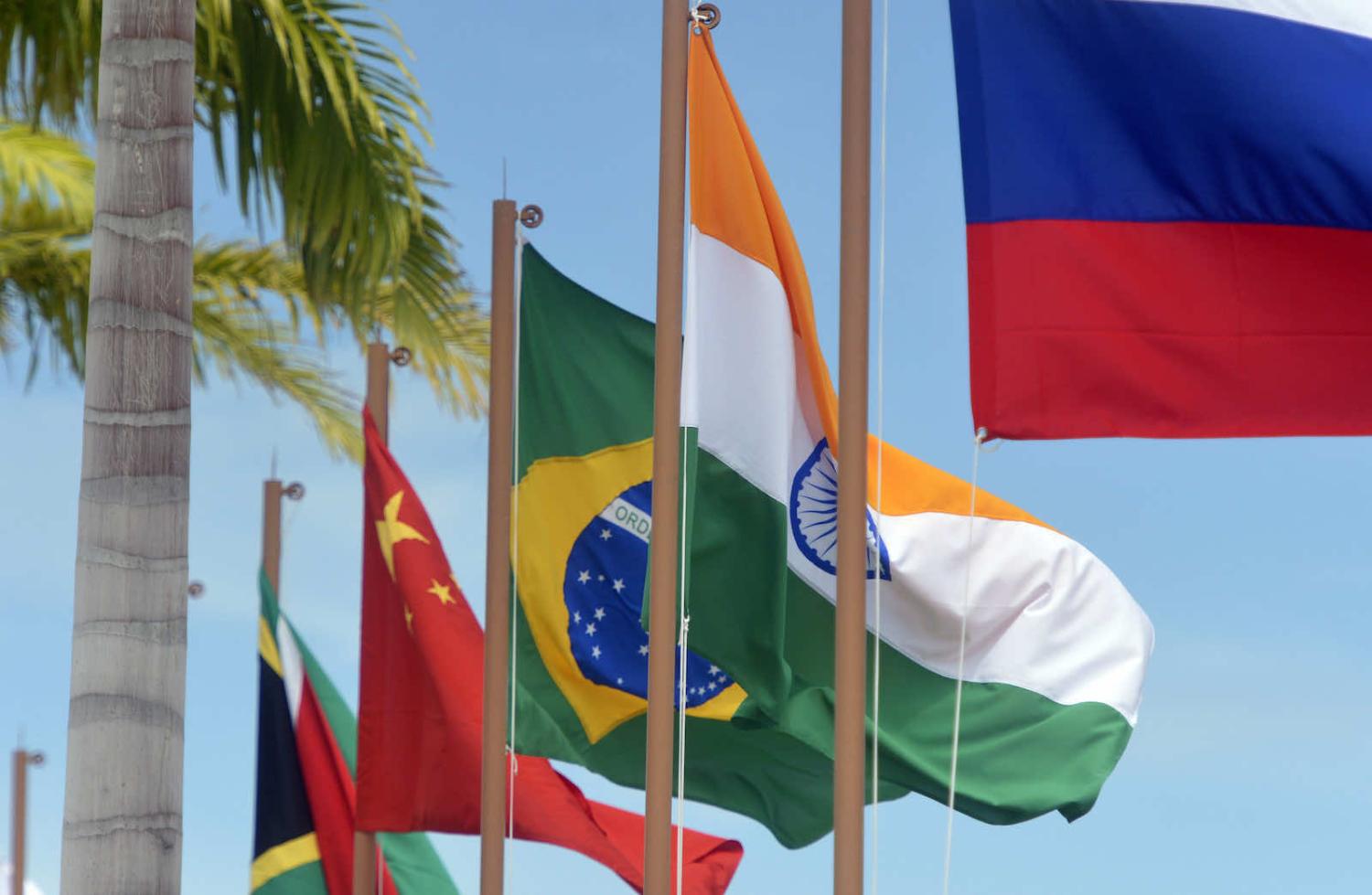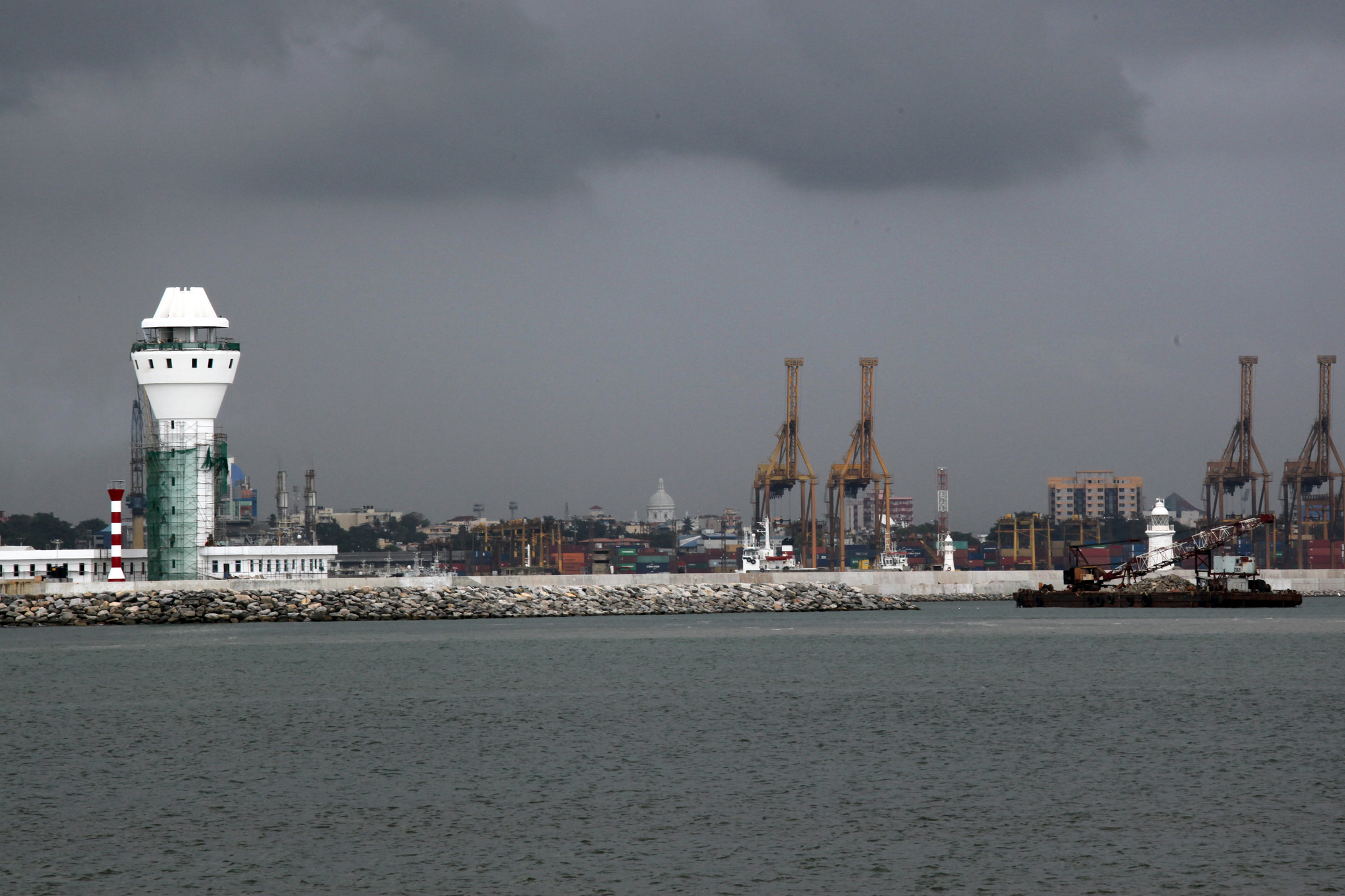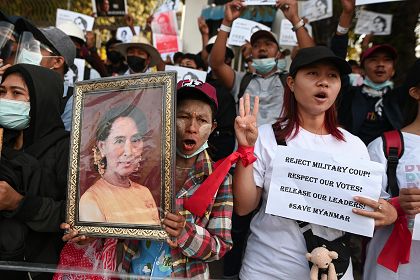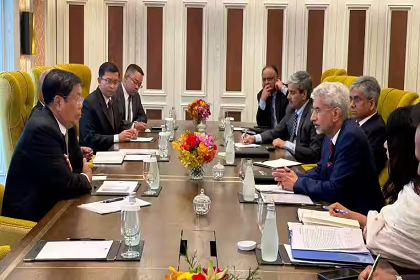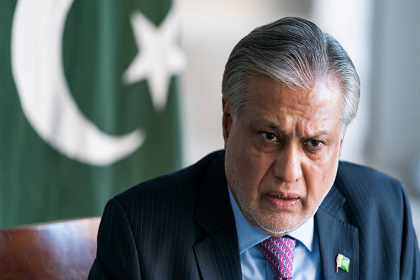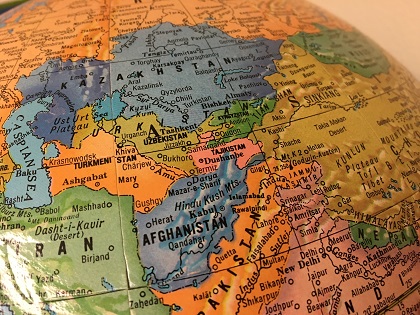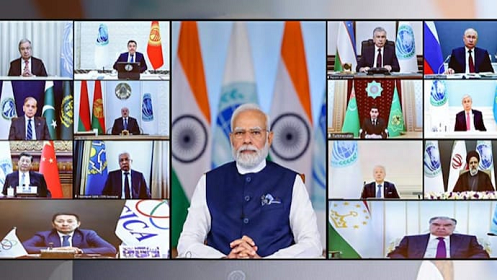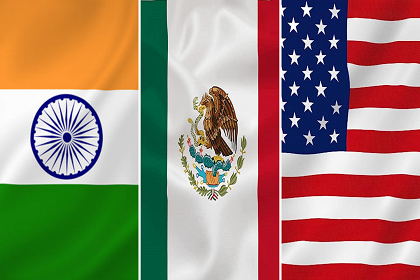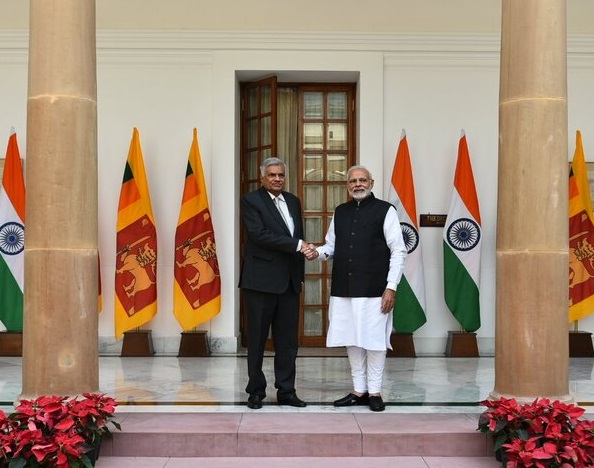BRICS Summit: Redefining international cooperation
The 15th BRICS summit is set to take place on August 22-24 in Johannesburg. Against a backdrop of escalating global tensions, the summit's agenda encompasses crucial topics including greater representation of the Global South, reform of MDBs, and geopolitical flashpoints like the Ukraine crisis. The summit's outcomes will extend beyond the grouping and redefine the landscape of international cooperation among emerging economies.

